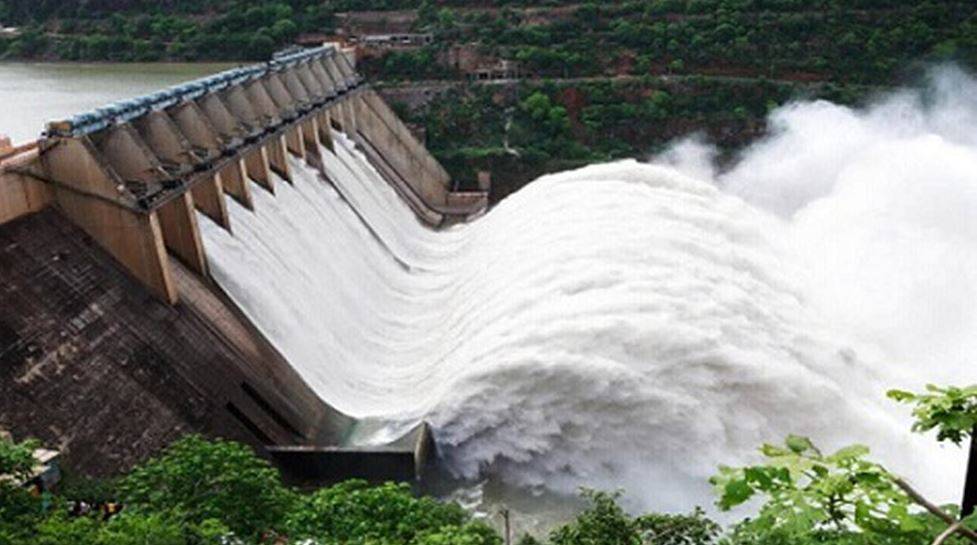
Union Power Secretary Alok Kumar has kicked off the construction of the second unit of the Arun-III hydropower project's powerhouse, which is being developed by state-owned SJVN. SJVN Chairman and Managing Director Nand Lal Sharma accompanied Power Secretary Alok Kumar to the 900-MW Arun -III Hydro Electric Project in Nepal, according to a statement from the business.
During the visit, the electricity secretary officially kicked off concrete work on the second unit of the Arun-III project's powerhouse.
The continuous construction activity at the Power House Site, Head Race Tunnel, and Dam Site piqued Kumar's curiosity. He expressed his delight at the rapid progress made by the extremely motivated and dedicated SJVN and SAPDC teams.
He stated that the project's completion by FY 2023-24 will be a significant milestone in SJVN's capacity-building efforts and will further deepen the Indo-Nepal friendship.
On this occasion, Sharma expressed his heartfelt gratitude to the governments of India and Nepal for recognizing SJVN's contribution to the power sector and entrusting the company with the construction of the 900 MW Arun-III HEP, 669 MW Lower Arun HEP, and 217 KM 400KV Double Circuit Transmission Line-up to the Nepal-India Border, as well as the associated Dhalkebar sub-station.
He also thanked Power Minister R K Singh and the Ministry of Power for their unwavering support and leadership.
SJVN is a development partner in the Indo-Nepal Hydro Power Development, according to Sharma. The project will bring in investment, infrastructure, and community development, as well as better education and healthcare facilities, numerous job possibilities, a boost to local businesses, and skill development for the local population.
The initiative will usher in a new era of regional wealth and development, as well as strengthen bilateral ties between the two countries. The organization has broadened its horizons across India and overseas, and has added numerous projects to its portfolio. SJVN is on track to meet its agreed goal of 5,000 MW installed capacity by 2023, 25,000 MW by 2030, and 50,000 MW installed capacity by 2040.
What role does hydropower play in agriculture?
Water has long been utilized to power industrial and agricultural operations by harnessing its energy as it flows downhill. Flour mills, for example, employed flowing stream water to turn a waterwheel and drive flour grinders mechanically.










